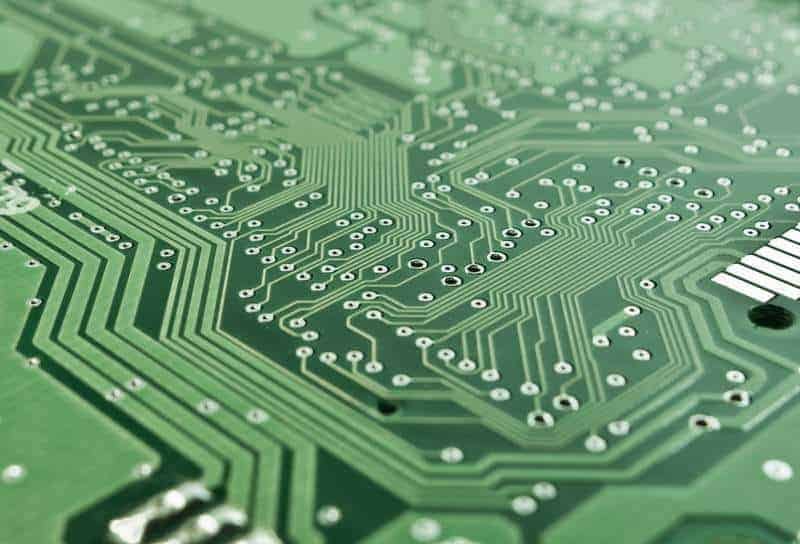One of the hardest tasks when fabricating PCBs is a Printed Circuit Board(PCB) routing. There are no unified rules on how properly board should be routed, and it would be impossible to write them as the situation on each board is different. One of the general rules is that the shortest routes are the best because longer routes tend to generate more noises or pick them up from different sources. Every conducting material acts as an antenna, no exception with PCB routes. No secret that each route acts as a small transmitting and receiving antenna. So one thing is to keep in mind when routing PCB is to route short as possible.

Another concerning area is a cross-talk or cross-coupling between routes. This effect appears when two traces run along with each other, and energy from one trace route couples to another. This effect is obvious in high frequency digital and analog circuits. This effect can make the device dis-functional because only of the cross-coupling effect. These defects are hard to determine as the electrical circuit board is correct. If this effect is noticed – the only solution is to cut traces off and run separate wires instead. It is better to do keep this in mind while routing the board. Many modern autoroutes are quite good at this, but again the human word is always the last.
If circuit boards have many components, there is no way to deal with one layer or even two-layer boards. So traces will be distributed among several layers that are connected by vias. There is the same rule – fewer vias is better. Why? One thing is that from more vias, PCB fabricating companies charge more. Another thing is that vias or traces next to noisy vias also couple noises. Most auto routers can handle via minimization.
So good routing always requires you to keep in mind all signals of the circuit. When working with sensitive devices, keep in mind that the interference sensitivity also increases with higher frequencies or higher gain. If you see a circuit with capacitors like several pF or inductors with mH, then be sure that routing may be critical.
Simple example. If you route some amplifier and put input signals near output, then there is a big chance that your amplifier will become an oscillator.
Read more about Avoiding noises in mixed signal design.


Another Great PCB Design article…